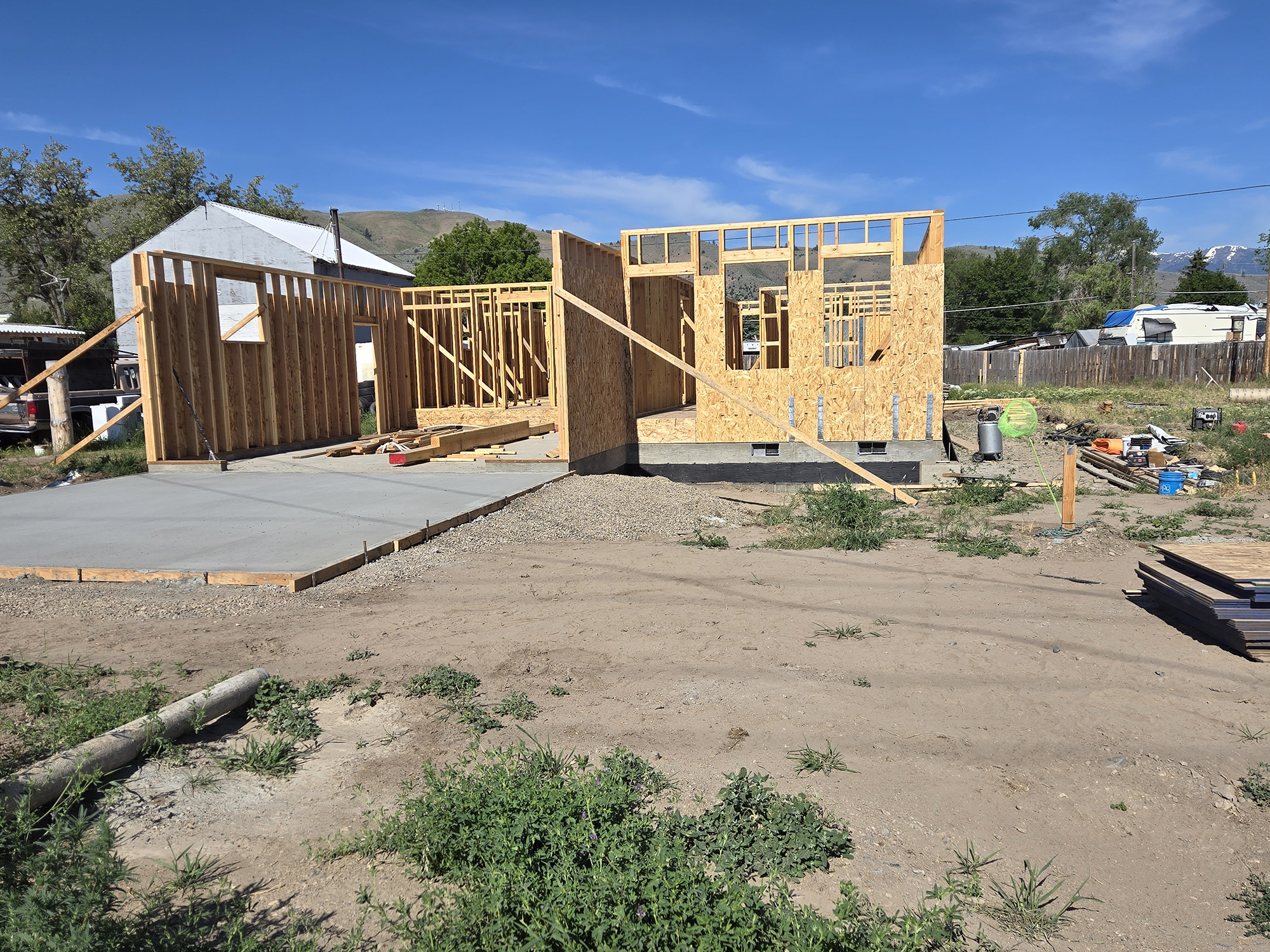COLUMN: Landscaping with 150-million-year-old material
Published 1:12 pm Friday, July 9, 2021
I recently finished a landscaping project that was about 150 million years in the making.
Trending
Not that I have anything like that kind of time.
Not to say patience.
Or longevity genes.
Trending
Although I like to keep a lush lawn — a challenge this year while trying not to exacerbate Baker City’s water supply crisis — and enjoy flowers in bloom and shade trees in full leaf, my obsession, when it comes to gardening, is edges.
That is, the place where grass gives way to some other landscaping feature.
Nothing pleases my eye quite so much as a sharply cut edge. I find this affinity passing strange if only because it involves geometric precision, and I was even more helpless in trying to fathom geometry than I was with other advanced maths.
The trouble with edges — or at least with my version of them, as my wife, Lisa, occasionally reminds me — is that I tend to leave a strip of bare dirt between the lawn and the flower bed.
I have experimented with a variety of solutions to this unsightly, and occasionally muddy, boundary, including covering the dirt with bark mulch or pea gravel. But none seemed satisfactory. Bark mulch looks fresh and comely when it’s first laid, but it quickly turns dingy as it dries. And the passage of the lawnmower tends to turn pea gravel into shrapnel, which is unpleasant.
Then I thought of granitic sand.
I don’t know what inspired this, but once the idea was lodged in my subconscious it was stuck fast, demanding action.
There is plenty of the stuff readily available, to be sure. Wherever a highway was blasted through granitic bedrock the road cuts have thick deposits of the coarse sand that is the byproduct of erosion.
(The local versions, geologists say, are not true granites but several igneous cousins, including tonalite and granodiorite and others with additional syllables that make them the linguistic versions of those geometric concepts that I could never make sense of.)
Moreover, federal law allows people to gather up to 250 pounds of stone (or, presumably, eroded stone) per year for personal use.
(Such collecting is not allowed on mining claims, naturally.)
I didn’t need 250 pounds of sand to fill the narrow strips on our place, although I hauled probably half that weight home in five-gallon buckets. I shoveled the sand from two spots I have passed dozens of times — one along the Sumpter-Granite highway, the other beside the Forest Service gravel road leading to the Dutch Flat trailhead.
The granitic sand, which ranges in color from a white nearly as bright as golf course bunker sand, to a light tan, is a fine addition to our landscaping. The stuff compacts well, and it makes an attractive color contrast between the green grass and the multicolored blossoms in the flower beds.
I also find it intriguing to ponder the immense spans of time, and the powerful natural forces, that made it possible for me to brighten my modest patch of ground in the year 2021, which still sounds to me impossibly futuristic.
The granitic rock in the Elkhorns is part of what geologists call a batholith — a large expanse of magma that, rather than spewing across the landscape from volcanic vents, instead placidly cooled below ground, only to be exposed by the combination of uplift and erosion.
The Bald Mountain batholith, which makes up much of the northern half of the Elkhorns, including the peaks around Anthony Lakes, is between 140 and 150 million years old.
Such a period is, much like geometry, beyond my ability to comprehend in any meaningful way.
But I still like to stand in my yard, to look up at the Elkhorns and to consider how it came to be that a tiny fragment of those great mountains ended up, after such a span, decorating my yard during my own infinitesimally brief existence.
Jayson Jacoby is editor of the Baker City Herald.








